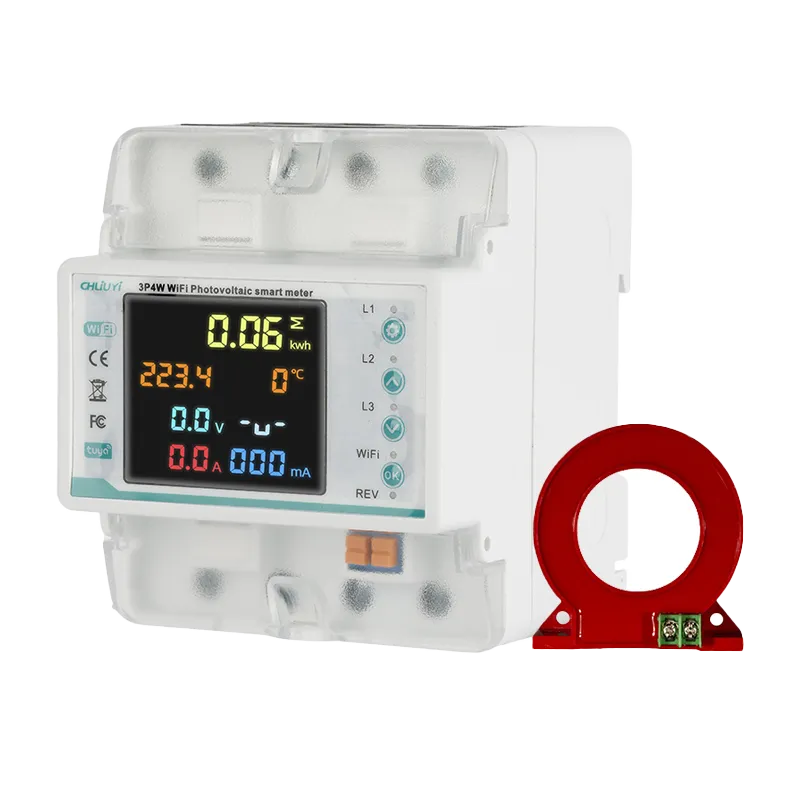

We provide a series of high-quality electrical protection and intelligent control products, including overvoltage and undervoltage protectors, digital meters, time-controlled switches, etc., which are widely used in residential, commercial and industrial fields.


Safeguard your electrical systems with advanced over/under voltage protection for home and industrial use.
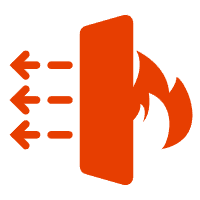

Built with fire-resistant materials to ensure safety and durability in all environments.


High-precision sensors deliver real-time energy monitoring for smarter electricity management.
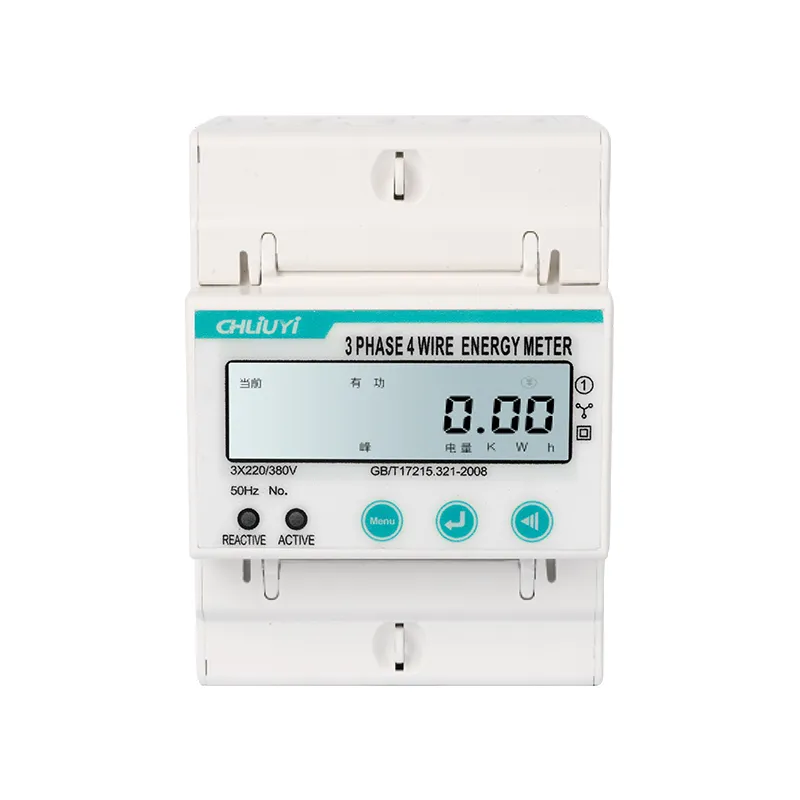

“Committed to Excellence in Every Smart Energy Meter.”
All our manufacturing processes comply with ISO 9001 standards. From material selection to performance verification, every step is monitored to guarantee accuracy, durability, and compliance with global energy regulations.






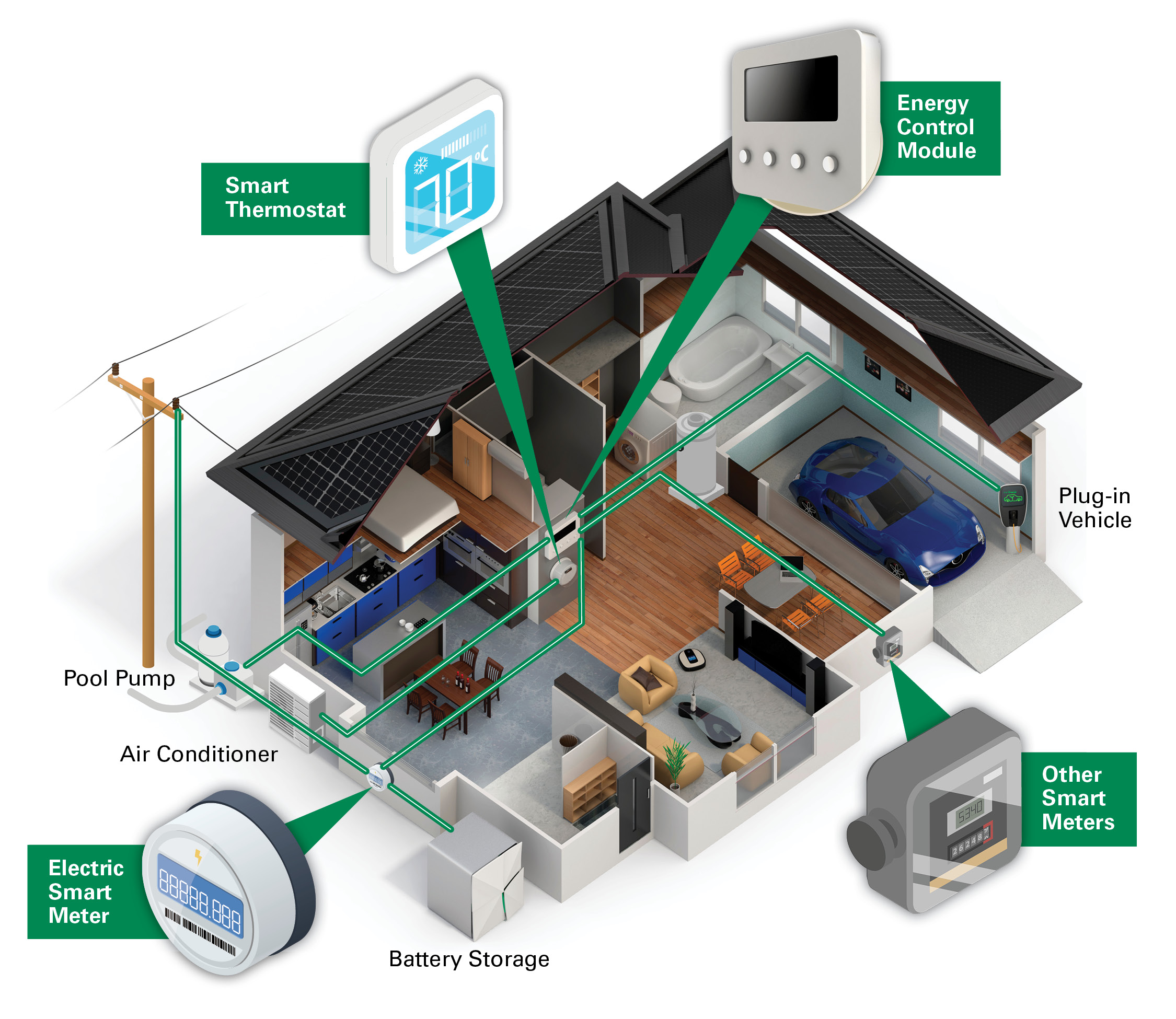

Our smart energy meters are widely used in industrial facilities such as manufacturing plants, data centers, and power distribution rooms. Designed to withstand harsh environments, they provide accurate real-time monitoring of energy consumption across multiple machines and production lines.
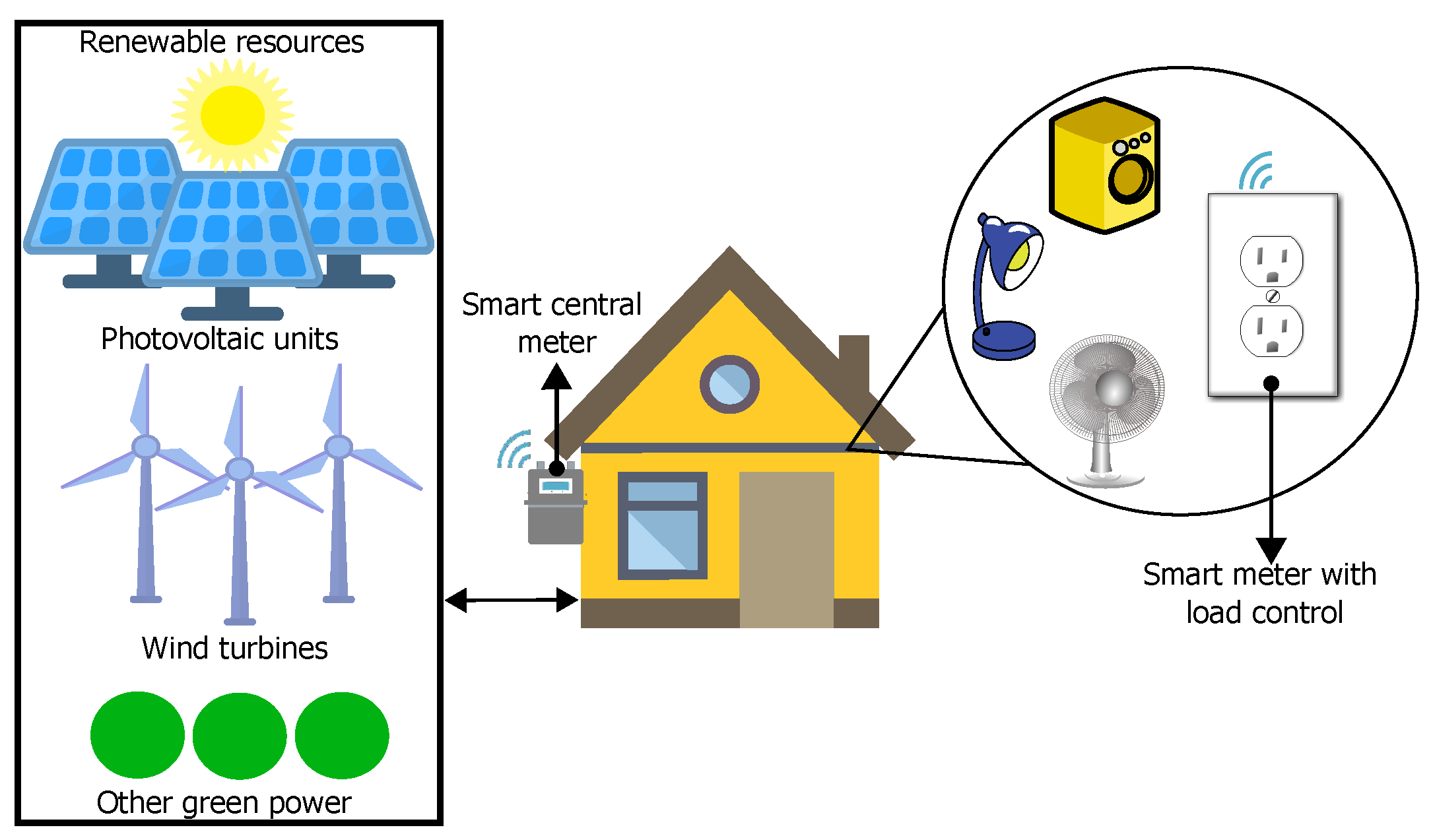

They support remote reading, load management, and dynamic pricing, making energy usage more transparent and efficient. When connected with IoT platforms, these meters empower homeowners to monitor real-time consumption through mobile apps — promoting sustainable energy use and smarter living.
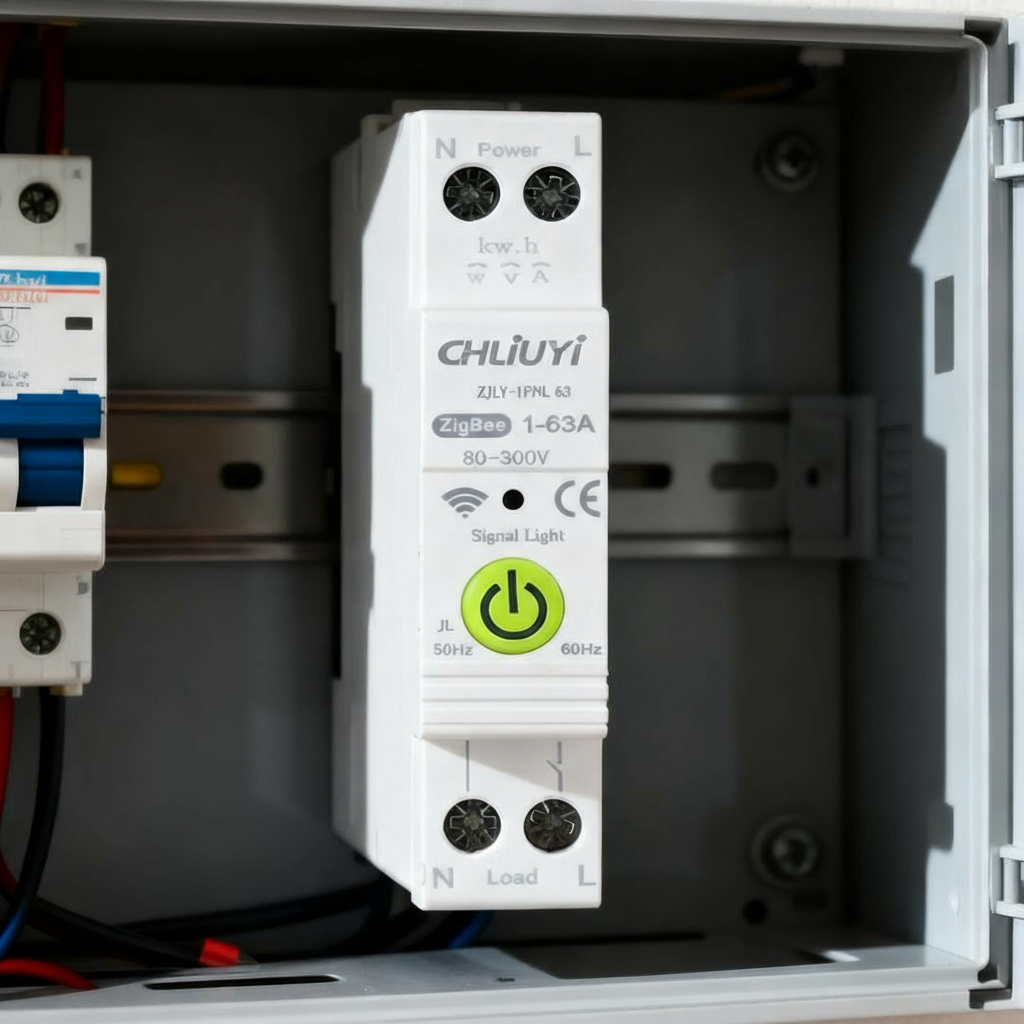

With advanced communication protocols such as Modbus, RS485, and IoT connectivity, our meters provide real-time data for predictive maintenance and load optimization. This ensures stable power supply, reduces energy waste, and supports efficient operation in demanding industrial and generation environments.
| Question | Answer |
|---|---|
| What communication protocols do your smart meters support? | RS485, Modbus RTU, and DL/T645 are available for most models. |
| Can you provide OEM or custom branding? | Yes, we offer OEM labeling, packaging, and custom design for bulk orders. |
| Do your meters comply with CE or MID standards? | All our products are CE certified, and selected models comply with MID standards. |
| What’s your typical lead time? | 2–4 weeks depending on order quantity. |
Empower your energy management with Liuyi Electric’s smart metering solutions.
Contact us today to get a quotation or request a product catalog.
Smart meters are digital tools that measure and record electricity, gas, or water use in real time, sending data directly to utility providers. They are a vital part of modern energy management systems.
As concerns over energy consumption and efficiency increase, smart meters have gained popularity for managing household, small business, and commercial energy use more efficiently. These devices are gradually replacing traditional meters—installations have tripled over the past decade—and are projected to make up 93% of all metering systems. They are revolutionizing how utilities and consumers interact with energy.
Unlike old-style meters that need manual readings, smart meters deliver precise, current consumption data. This allows both utilities and users to better monitor and control energy use.
Smart meters are also critical for developing smart grid infrastructure. This upgraded electrical grid uses digital technology to improve the reliability, efficiency, and sustainability of energy distribution.
Smart meters use digital technology to precisely measure energy consumption. The type of sensors and methods vary depending on the energy being tracked.
For electricity meters, sensors detect the voltage and current in the circuits. The meter multiplies these values to find the power usage in watts. By adding this power usage over time, it calculates the total electricity consumed, shown in kilowatt-hours.
Gas and water meters use flow sensors to measure how much gas or water passes through. These sensors can work with ultrasonic, turbine, or diaphragm technology. The smart meter then calculates energy use based on the volume measured and the energy content of the resource.
After recording energy use, smart meters send the data to utility companies using one of several methods:
Radio Frequency (RF) Signals: Many smart meters use wireless RF signals, which are cost-effective and support long-range communication. However, RF can face interference from other devices and may need repeaters or gateways for reliable service.
Cellular Networks: Some smart meters send data via 4G or 5G cellular networks. This provides broad coverage and is less prone to interference but can incur extra transmission costs and may not work well in areas with weak cellular signals.
Broadband Connections: Smart meters may use DSL or fiber-optic broadband for fast, reliable data transfer. This method requires substantial infrastructure, which can be challenging in remote locations with limited broadband access.
Power Line Communication (PLC): PLC allows data transmission over existing power lines, avoiding extra communication setup. It’s cost-effective and reliable but can suffer from electrical noise and distance limitations.
Data is usually sent at regular intervals—every 15, 30, or 60 minutes—to keep utility companies updated for billing, demand management, and grid operations.
Depending on the application and connection type, smart meters are categorized as:
| Type | Description |
|---|---|
| Single Phase Smart Meter | Compact meters for residential and small commercial loads; available with or without communication ports. |
| Three Phase Smart Meter | Designed for industrial or commercial use, supporting higher current ranges and multiple tariffs. |
| Prepaid Smart Meter | Suitable for apartment complexes or rental systems; integrates with prepaid management software. |
| RS485 / Modbus Smart Meter | Ideal for integration into energy management and automation systems, offering precise remote monitoring. |
Smart energy meters are now widely used across industries, enabling accurate billing, load analysis, and energy-saving optimization.
Key application fields include:
If you are managing industrial automation, solar projects, or building energy systems, integrating Liuyi’s RS485 smart energy meters can significantly enhance monitoring accuracy and operational efficiency.
Smart meters are changing energy management by giving consumers and utilities real-time, accurate data on usage. They offer several benefits:
Accurate billing: Smart meters provide precise billing by automatically sending exact consumption data to utility companies. This eliminates errors from manual readings and ensures customers pay fairly for what they use.
Real-time energy usage monitoring: When connected with EAM and APM systems powered by AI and analytics, smart meters let users track their energy consumption instantly. This helps identify wasteful habits and adjust usage to save energy and cut costs. It also allows consumers to avoid high-demand times, reducing bills further.
Enhanced energy efficiency: Smart meters encourage smarter energy choices. Users become aware of their consumption and can take actions like turning off unused lights and buying efficient appliances, lowering overall energy use and costs.
Faster, easier service: Utilities can quickly find and fix issues remotely with smart meters, speeding up repairs and reducing inconvenience. Often, technicians don’t need to visit the property to solve problems.
Integration with smart home technology: Smart meters link with devices like smart thermostats, which adjust heating or cooling based on real-time energy prices. This keeps homes comfortable while cutting energy spending.
Support for renewable energy: By providing real-time data on energy use and production, smart meters help utilities manage renewable sources better. This leads to a steadier, more reliable energy supply.
Reduced environmental impact: Monitoring energy use with smart meters helps lower demand on gas, water, and electricity. This cuts the need for new power plants and reliance on older ones, decreasing greenhouse gas emissions and pollution. Transitioning to modern smart energy systems benefits the environment by limiting harmful effects of energy generation.
Both smart meters and traditional meters measure electricity use, but they operate quite differently. Traditional meters are usually mechanical and need manual readings, which can cause errors from human mistakes or device wear. Smart meters use digital technology to automatically track usage and send the data directly to utility companies.
Here are the main differences between smart meters and traditional meters:
| Feature | Smart Energy Meters | Traditional Meters |
|---|---|---|
| Data Collection | Automatic, real-time transmission | Manual readings needed |
| Billing Accuracy | More accurate with real-time data | May have errors from manual entry |
| Communication | Two-way communication with utilities | One-way communication only |
| User Access | Users can check usage online | Limited access, mainly via bills |
| Energy Management | Supports demand response programs | No real-time management features |
| Installation Cost | Typically higher upfront cost | Lower initial cost |
| Maintenance | Requires software updates | Mechanical repairs needed |
Choosing Liuyi Electric means partnering with a reliable smart energy meter manufacturer that understands both technology and international market requirements.
We will respond to your inquiry within 24 hours
We value your privacy
We use cookies to enhance your browsing experience, serve personalised ads or content, and analyse our traffic. By clicking "Accept All", you consent to our use of cookies.
